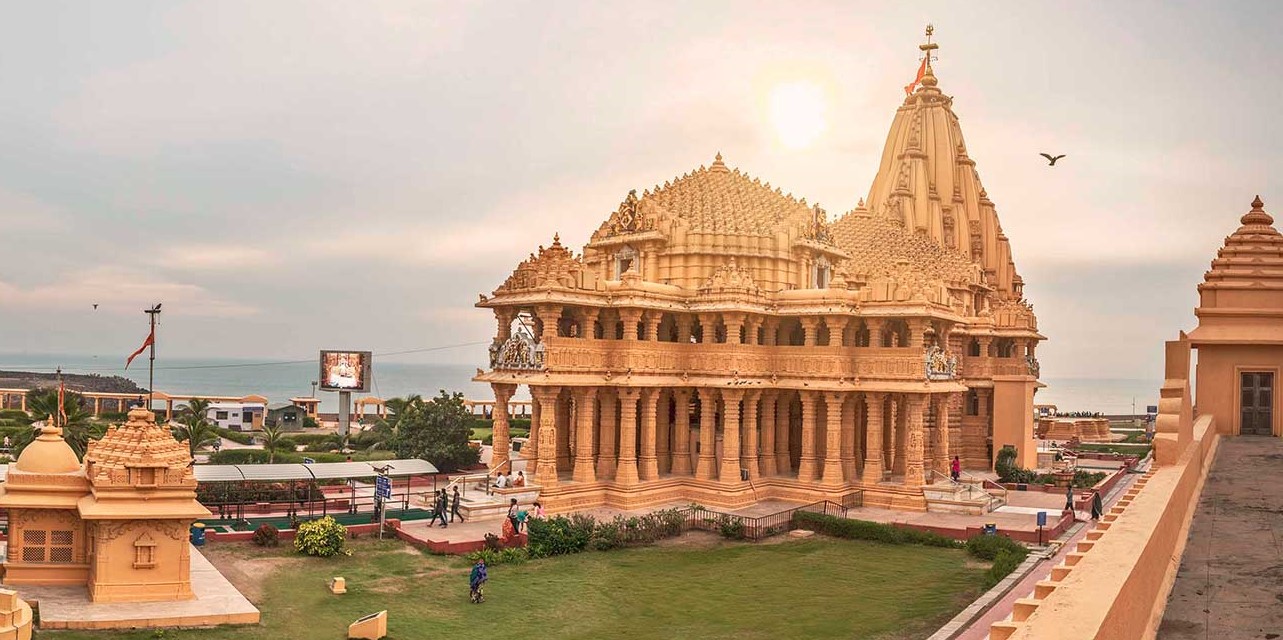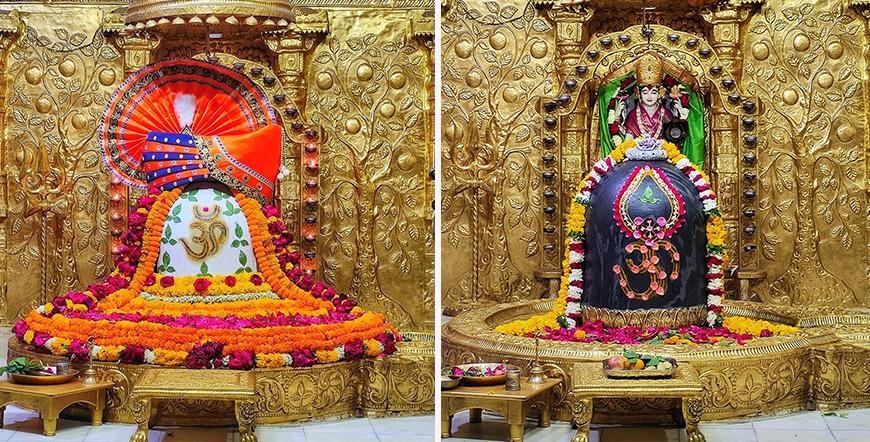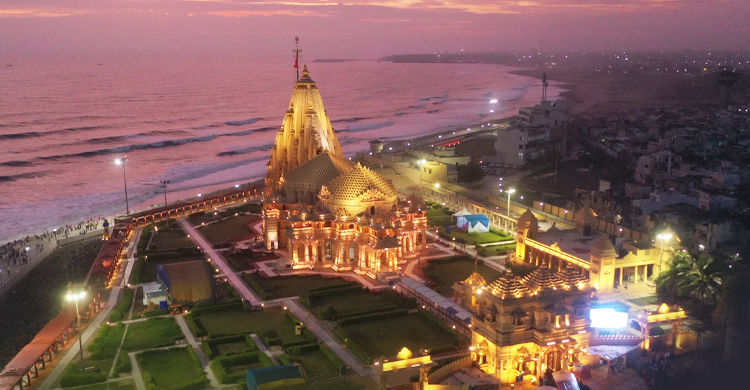


Somnath Mandir
Prabhas Patan, Veraval in Gujarat, India
Opening-Closing Time:
Share it on
About Somnath Mandir Prabhas Patan, Veraval in Gujarat, India
Somnath Mandir stands as a symbol of resilience, faith, and cultural heritage, having endured destruction and reconstruction throughout history. A visit offers a chance to experience Hinduism's rich tapestry, marvel at its architectural brilliance, and embark on a spiritual journey, making it a must-visit destination for both devotees and history enthusiasts alike.
History
The Somnath Temple's origins date back to mythological times, attributed to Lord Soma in the Shiva Purana, with historical evidence suggesting a temple existed as early as the 6th century BCE. Its history is marked by periods of grandeur followed by destruction, notably by Mahmud of Ghazni in 1026. Despite devastation, the temple was rebuilt multiple times, including during the reign of Bhimdev I of the Solanki dynasty. The current structure, built after India's independence in 1947, reflects the resilience of Hinduism and stands as a magnificent example of the Māru-Gurjara architectural style, symbolizing India's rich heritage.
Architecture
The Somnath Temple, built in the Māru-Gurjara style, showcases intricate carvings, towering spires, and a focus on verticality. Its seven-story structure of red sandstone is adorned with elaborate carvings depicting Hindu mythology and geometric patterns. Inside, the towering shikhara dominates, complemented by an assembly hall and a dance hall adorned with sculptures. Strategically placed windows allow natural light to illuminate the inner sanctum, where the revered Jyotirlinga resides, while its coastal location facing the Arabian Sea adds to its spiritual significance and breathtaking beauty.
Significance
Somnath Temple holds profound significance as a revered abode of Lord Shiva, where devotees seek blessings and fulfillment of wishes, especially during auspicious occasions like Shivratri. Designated as the "first Jyotirlinga," it symbolizes the origin of these sacred shrines, embodying immense spiritual power and significance in Hindu belief. Known as the "Eternal Shrine," its enduring history of destruction and reconstruction reflects the unwavering faith of devotees, showcasing Hinduism's resilience. Situated by the Arabian Sea, its coastal location enhances the pilgrimage experience, believed to amplify the temple's sanctity, while its proximity to the confluence of three holy rivers adds to its sacred aura.
Somnath Mandir Timings
Mangala Aarti
7.00 am - 8:00 amBhog Aarti
12:00 pm - 1:00 pmShayan Aarti
7:00 pm - 8:00 pmLight and Sound Show
8:00 pm - 9:00 pmOfferings
The Somnath Temple, with an average of 15,000 daily visitors, receives offerings including laddoos prepared by a team of 15-20 people, accumulating significant financial and spiritual contributions from devotees over the years.
Travel
Airplane
The nearest airport is Diu Airport (DIU), located around 85 kilometers from Somnath. Taxis and buses connect the airport to the temple town.
Train
Veraval railway station offers good connectivity to major Indian cities. From the station, taxis, rickshaws, or auto-rickshaws can take you to Somnath Temple.
Bus
Somnath is well-connected by road to major Gujarat cities and other parts of India. State-run and private buses ply routes to Somnath from various locations.




